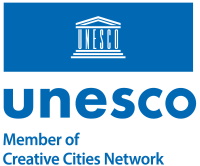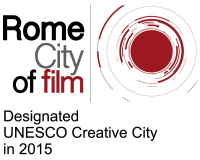Rome & Creative City
The UNESCO Creative Cities Network (UCCN) has been set up to address the many issues that underlie the momentous shift from post-industrial to creative cities, by dedicating time and research to these issues starting with the Annual Conference in Kanazawa (Japan).
In preparation for the Habitat III Conference in Quito, centred on innovation and how it affects the new policies of sustainable urban development, UCCN has set up a series of meetings between the cities within its network to develop its own presentation.
Unesco has decided to play a major role in the debate on Sustainable Development Goals that the UN will be discussing in the third Habitat III Conference in Quito in 2016. It is primarily intended to establish how the culture and creativity within cities, their strong identities and their yearning for innovation can be exploited to promote new urban development policies, that are becoming increasingly geared towards a project based approach rather than merely reacting to circumstances.
This was the main objective of the International Conference on “Culture for Sustainable Cities” that was held in Hangzhou and Beijing on 10-12 December 2015.
The conference compared the experiences of many of the creative cities that have already made the generational shift from the first stage that was merely designed to attract knowledge workers, to the second stage in which the city generates creativity, economic development and a new relationship between public and private enterprise.
In the Creative Fab Cities or “Creative Cities 3.0”, set up according to the 3Cs – Culture, Communication and Cooperation – the creative economy acts as a flywheel for urban regeneration, acting on many of the cities vital factors, its identity and human capital, new manufacturing and training.
The setting provided by the global crisis and the changes in urban policies in this transition period calls for new cities and life cycles to be conceived and managed in a more creative, intelligent and receptive way, capable of triggering new urban policies that might help to put this state of crisis behind us.
In this way the cities can hope to use renewable energy and transportation in a creative way, so that public spaces can once again become manufacturing areas and not entirely given over to the service industry.
The cities can promote this new allegiance between a digital and physical dimension, fostered by well-informed decision makers and pro-active citizens.

